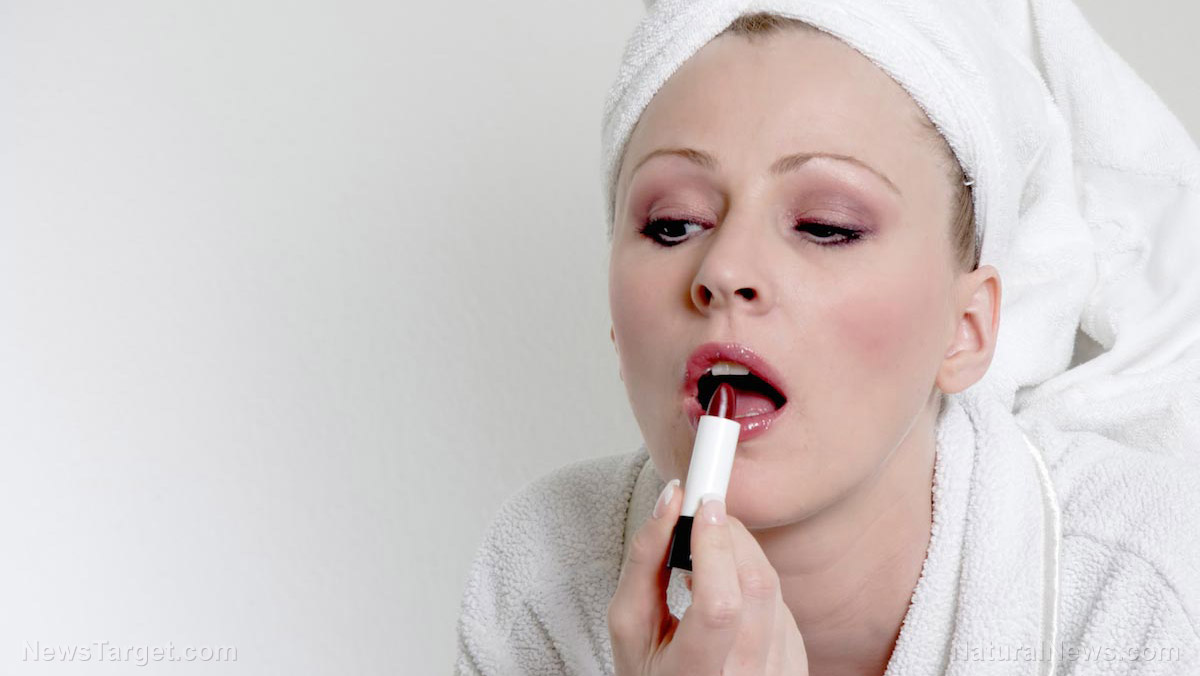If it’s labeled “organic” then you might want to panic. As explained by the UK-based organic certification agency Soil Association, thousands of beauty products with the “organic” label are anything but. A recent market report released by the organization has revealed that a number of products bearing tag aren’t actually certified and often contain banned ingredients.
“There are hundreds or even thousands of products for sale on UK high streets which make organic claims but contain ingredients which would not be permitted in a certified organic product,” the organization explained in their report. “The confusing terms on the labels we encountered suggest that it is often very difficult for consumers to know they are making the right choice when doing their shopping.”
According to TheGuardian.com, the organic health and beauty products industry has witnessed a steady rise in popularity in the UK. The Soil Association warned that the industry is focused more on marketing its products as “green” rather than directing its resources into formulating toxin-free, environmentally products. Beauty products are not required to adhere to the strict regulations established by the European Union (EU), unlike organic foods. This lack of control allows any company to classify any product and brand as “organic” or “natural” even they contain no organic nor natural ingredients.
“This is the tip of the iceberg,” says Peter Melchett, Policy Director of the Soil Association. “The labels on products we encountered were littered with confusing terms. Our consumer research shows that it is very difficult for consumers to know they are making the right choice when doing their shopping.”
The Soil Association collaborated with Emeritus Professor Vyvyan Howard of the Centre for Molecular Bioscience at Ulster University to come up with the “Terrible Ten” list. On the list are ingredients that consumers need to watch out for, and which shouldn’t be used in a product that’s been certified organic. The Terrible Ten ingredients are:
- Ethyl hexylsalicylate (Octisalate)
- Homosalate
- Imidazolidinyl urea
- Octinoxate
- Octocrylene
- PEGs: PEG-7; PEG-40; PEG-200; PEG-12
- Polyquaternium 7
- Polysorbate 20
- Red 17 artificial colour 26100
- Retinyl palmitate
Among the problems caused by these ingredients are hormone disruption, allergies, and even harm to unborn babies. Of their findings, Howard has said: “I was shocked to find ingredients which could contain human carcinogens in products with labels which could misleadingly suggest that they might be organic. Genuine organic products are independently certified and I would encourage consumers to choose those to be sure they are keeping away from ingredients included in the Terrible Ten.” (Related: Thousands of ‘organic’ beauty products found to contain banned chemicals)
The HuffingtonPost.co.uk reported that the Soil Association has found “13 products from eight different brands that have labels which could suggest to consumers that they are wholly or mainly organic, yet are not independently certified.” In response, the Soil Association created the Campaign for Clarity, a movement dedicated to clean up “greenwashing” (disinformation spread by an organization to make themselves look environmentally responsible) that has become common in the beauty industry. One of the recommendations made by campaigners is to look for the logos of independent organic certification agencies, such as COSMOS, NaTrue, and NSF-ANSI.
The Soil Association hopes to garner enough signatures for their petition to encourage transparency from the manufacturers. “We’re hoping that lots of consumers will sign our petition calling on the brands in the league table to Come Clean About Beauty and that the brands will respond by either getting their products certified or stopping making organic and natural claims on the labels,” Jenny Collins, Standards Project Manager of the Soil Association, explains.
You can learn more about what does and doesn’t count as “organic” by visiting Organics.news.
Sources include:


